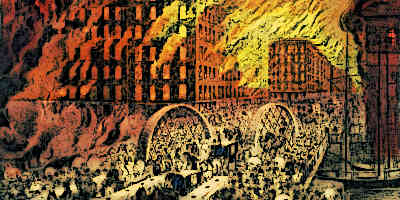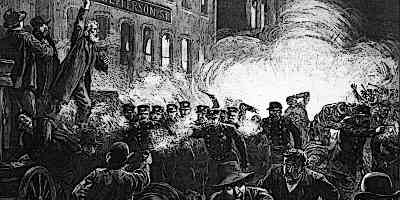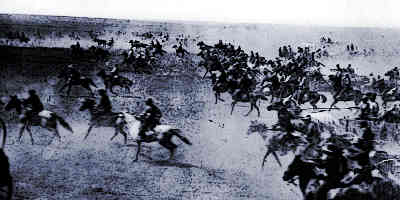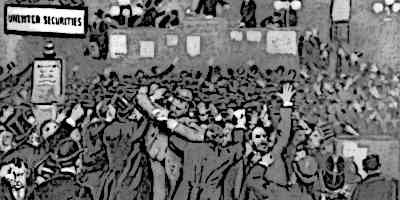Black Hills Gold Rush 1874
The Black Hills Gold Rush began in 1874 and continued until 1876 Read more about the Black Hills Gold Rush 1874 >>
Great Chicago Fire 1871
The Great Chicago Fire started at the barn owned by the O'Leary family Read more about the Great Chicago Fire 1871 >>
Haymarket Riot 1886
The Haymarket Riot took place in Chicago in the state of Illinois. It took place on May 4, 1886. Read more about the Haymarket Riot 1886 >>
Indian Removal Act
History of the 1830 'Indian Removal Act' Signed by U.S. President Andrew Jackson Read more about the Indian Removal Act >>
Klondike Gold Rush 1896
August 16, 1896, George Carmack discovered gold at Rabbit Creek, Klondike River in Yukon, Canada Read more about the Klondike Gold Rush 1896 >>
Land Rush of 1889
The total size of the land that was up for grabs in 1889 was two million acres in the present-day state of Oklahoma. Read more about the Land Rush of 1889 >>
Panic of 1893
The effects of the Panic of 1893 were serious for the American and World economy - The Panic lasted until 1897. Read more about the Panic of 1893 >>
The Monroe Doctrine 1823
The Monroe Doctrine was a part of USA foreign policy towards the European nations Read more about the The Monroe Doctrine 1823 >>
Trail of Tears
The American government forced the 'Cherokee Nation' to leave there homeland
Read more about the Trail of Tears >>The 19th century was an very important century in the History of America, It began on January 1, 1801, ending on December 31, 1900.
Louisiana Purchase 1803
Louisiana Territory was a large parcel of land that stretched from the Canadian border in the north to the Gulf of Mexico in the south and from the Mississippi River in the east to the Rocky Mountains in the west. It lay immediately west of the original territories of the newly born United States.
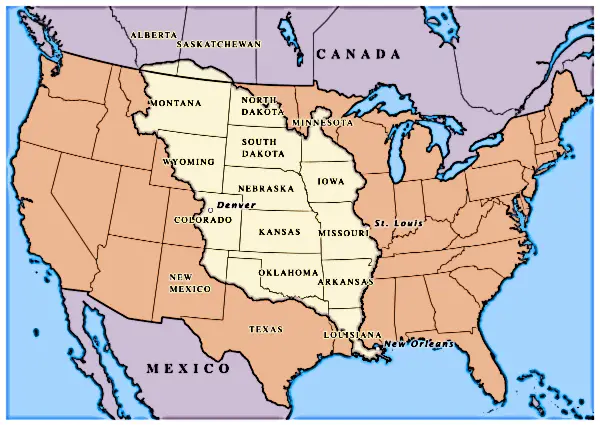
In 1803, United States purchased this piece of land from France for $15 million. The purchase was negotiated at a time when Thomas Jefferson was the American President and Napoleon was the Emperor of France.
With the addition of the Louisiana Territory, the size of the United States effectively doubled. It is considered as being one of the shrewdest deals ever struck.
Lewis and Clark Expedition 1804
The Louisiana Purchase added a vast parcel of land to the United States. This vast region was unexplored and unknown for the Americans. Thomas Jefferson commissioned the Lewis and Clark Expedition to map out the region and find a route to travel westwards across it.
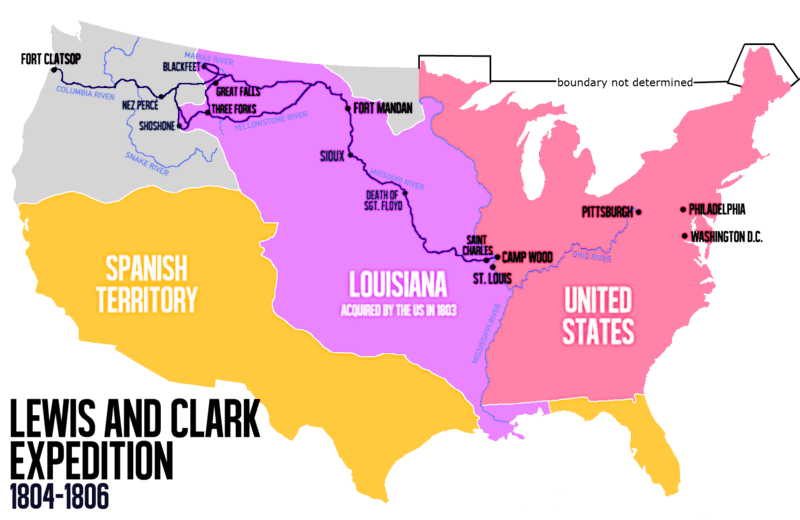
Lewis and Clark Expedition Map
Captain Meriwether Lewis and Lieutenant William Clark began the expedition in May, 1804. The expedition traveled from Missouri all the way to the Pacific Ocean in the west, covering a total of 8,000 miles. The return journey was completed in September, 1806.
The expedition also made many scientific discoveries of the flora and fauna found in the American West.
War of 1812
The War of 1812 was a military conflict between United States and United Kingdom. It took place at a time when Britain was fighting France in mainland Europe. As part of this war, Britain wanted USA to stop all trade with France.
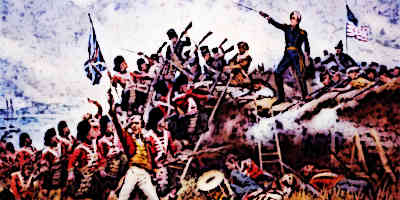
When USA refused to agree to this forced embargo, Britain started impressing American vessels and sailors.
This led America to declare war on Britain. The war continued from 1812 to 1815. It resulted in a stalemate, although both sides secured significant victories. The capital city of Washington, D.C. was burned as a part of the war. In the end, the Treaty of Ghent established pre-war borders and established a peace deal.
Monroe Doctrine 1823
Monroe Doctrine was a policy declared by President James Monroe in 1823. The policy warned European nations not to interfere in the affairs of any independent nation in North or South America.

According to the doctrine, US would respond if such interference took place. With this policy, United States effectively stopped the colonial ambitions of European nations as well as the expansion of European colonialism.
The doctrine became an integral part of the US Stated foreign policy and was frequently invoked by future Presidents.
Texas Independence 1835
In the early 19th century, Texas was a part of Mexico. The influx of American settlers significantly changed the demographics of the region. These new settlers didn’t like the authoritative policies of Mexico.

In 1835, they rebelled against Mexico and declared independence. A war ensued between Texas and the Mexican republic. By 1836, the Mexican military force had been defeated and the Republic of Texas established. This also paved the way for the annexation of Texas by United States in 1845.
Mexican-American War 1845
In 1845, United States admitted Texas as the 28th state of the Union. Mexico still claimed the Republic of Texas as a part of its territories. This conflict led to the outbreak of the Mexican-American War in April, 1846.
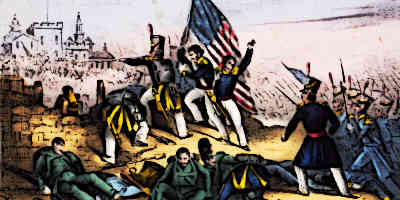
The war was declared by the United States. US army quickly defeated Mexican forces and took over Mexican territories. The U.S. forces even captured the Mexican capital, New Mexico.
The war ended with the Treaty of Guadalupe Hidalgo in February, 1848. In this treaty, Mexico formally ceded claims to Texas and agreed to accept Rio Grande as its northern border.
Abolition Movement
Slavery was one of the most contentious political issues in 19th century America. The abolitionist movement which sought to end slavery gained momentum during this period.
It found its champions in the northern states, also known as the Free states, which avidly opposed slavery. On the other side were the slave states of the South which supported slavery and relied on enslaved labor for their economic activities.
The conflict between the two sides came to a head with the election of Abraham Lincoln as the 16th President of the United States.
American Civil War 1861
Following the election of Abraham Lincoln as President, southern states that supported slavery began to secede from the Union. These states formed the Confederate States of America. The states that remained a part of USA came to be known as the Union.
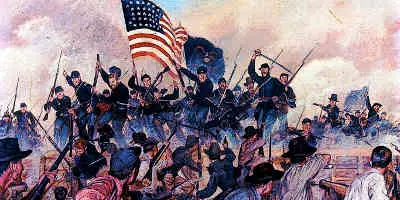
War broke out between the Confederate and Union states in 1861. The Civil War continued for the next four years. The war was essentially fought on the point of slavery.
In 1865, the last of the Confederate army surrendered and the Civil War ended with the victory of the Union states. Slavery was permanently abolished in all of the USA and the era of Reconstruction followed.
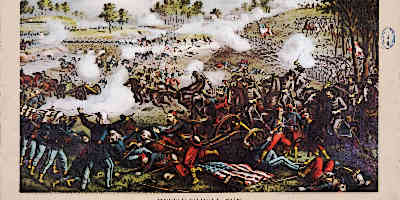
Lincoln Assassination 1865
Shortly after the surrender of the last major Confederate army, President Abraham Lincoln was assassinated in 1865. Lincoln was the most popular leader in the North at the time – his leadership and strategic vision had led the North to victory.

The assassination of Lincoln was a huge tragedy for the country. John Wilkes Booth, who had assassinated the President, claimed that he did so to prevent tyranny. Booth was shortly captured and shot to his death when he refused to surrender.
Battle of Little Bighorn 1876
The Battle of Little Bighorn was fought between a U.S. cavalry regiment under Colonel George Armstrong Custer and a group of Native American warriors. The battle was a decisive victory for the Indian warriors, resulting in the near annihilation of Custer’s troops. The battle is known for the famous Custer’s Last Stand.
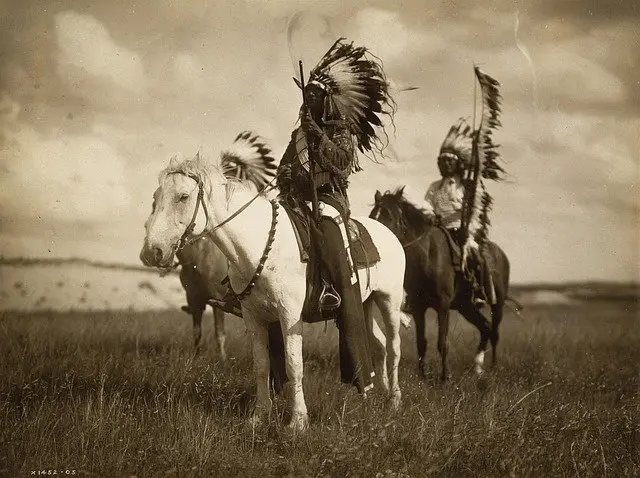
Other Notable Events
- America’s First National Park, Yellowstone National Park is created in 1872
- The Great Panic of 1873 Causes and Worldwide Economic Depression
- The Great Railroad Strike, Began in 1877
- Thomas Edison invents and begins testing the first ever light bulb in 1879
- The Construction of the Statue of Liberty begins in 1886, the same Year the the Famous Coca-Cola
Drink is developed - Philippine–American War Begins in 1899
Conclusion
During the 19th century, America rapidly expanded westwards. At the same time, the country flourished economically and socially. The century effectively brought the USA in-line with the leading nations of the world.
In fact, United States demonstrated its superiority over European powers such as Britain and Spain. The century also positioned and prepared US for its world-leading role in the 20th century.

